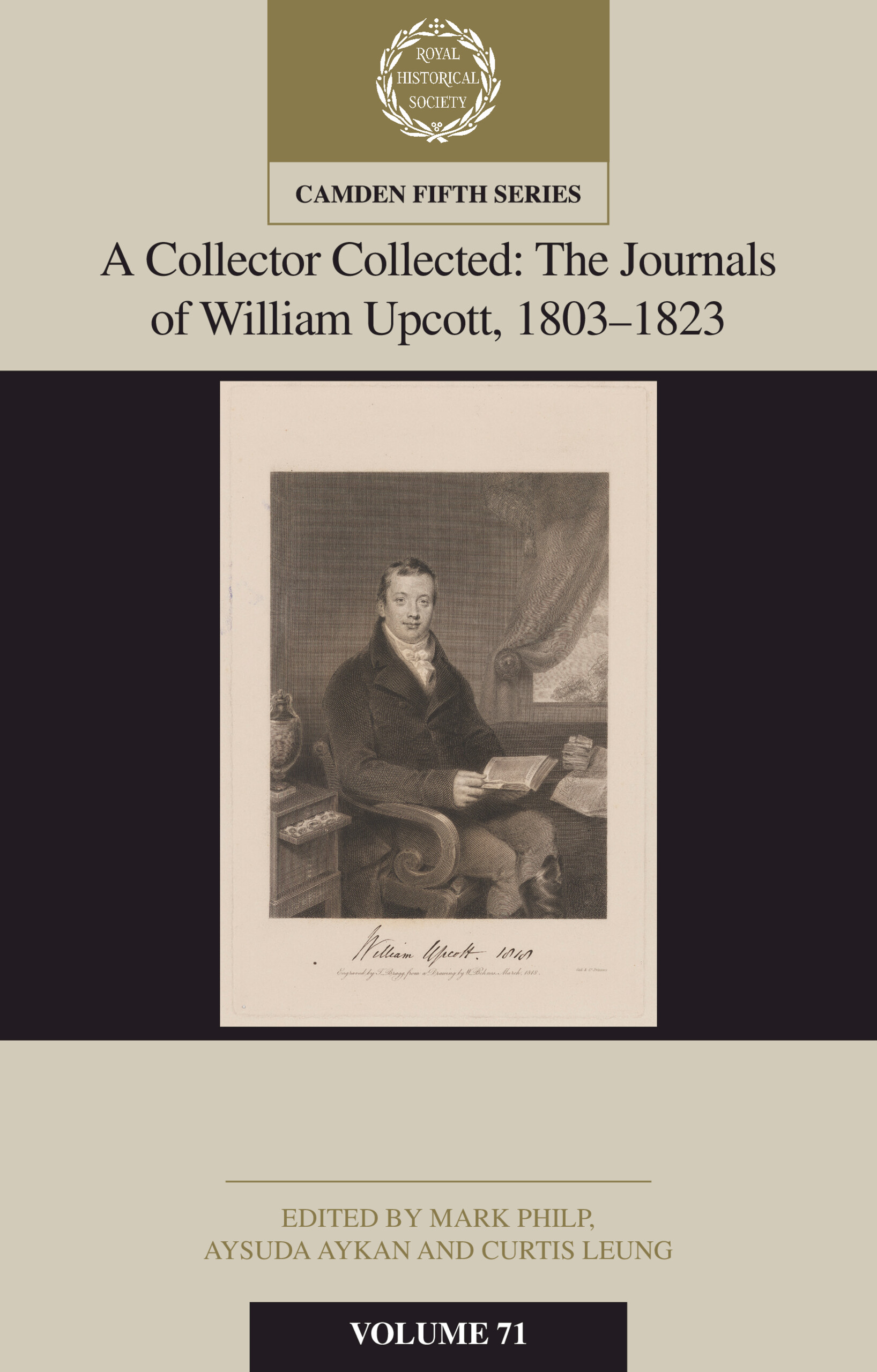The papers of George Grey total more than 200,000 words; accordingly, it has been necessary to excise or contract long passages and to exclude some materials entirely. For the most part, the excised material consists of familial or social affairs, descriptions of scenery, and simple narrative accounts of hunting, riding, and sailing, and the salutary and valedictory ephemera of the letters. In my judgement, these are the materials within these papers of the least historical significance. Excisions are most obvious where references to the original folios jump suddenly; I have otherwise marked them with ellipses.
Throughout the papers, Grey's and his correspondents’ use of punctuation is inconsistent, often rendering the text confusing. In many cases, therefore, it has been necessary to insert full stops and semi-colons to present the obvious sense of the original material. There are fewer of these interventions in the contemporary material – that is, the letters and the diary – because I thought it better to convey the urgency and immediacy of those texts. In any event, I do not believe that I have anywhere altered the meaning of the original text, and all such editorial interventions are indicated by square brackets. Throughout, Grey often uses full stops to mark contractions, and dashes to mark full stops, which I have tried to retain in the text.
I have sought where possible to retain Grey's original spellings, although where mistakes or inconsistencies are liable to lead to confusion, I have marked them with ‘[sic]’.
As for italics and underlining, I have adopted three rules of thumb. First, where Grey gives the name of a ship or publication, I have italicized that name in the memoir and journal but not the correspondence and the diary, again for reasons of immediacy. Second, where Grey and his correspondents have underlined a phrase, I have underlined the corresponding text. Third, I have italicized words in languages other than English where it appears right to do so.
I have annotated the first reference to a person, place, event, or ship with dates, titles, and biographical and historical details; subsequent notes may cross-refer to the original annotation or to the relevant text, and I do not repeat for the edited text any annotations that I have made in the Introduction. Where I have given a person's dates of birth and death or the date of a ship's construction in the Introduction, I have not repeated those dates in the attendant annotation.


